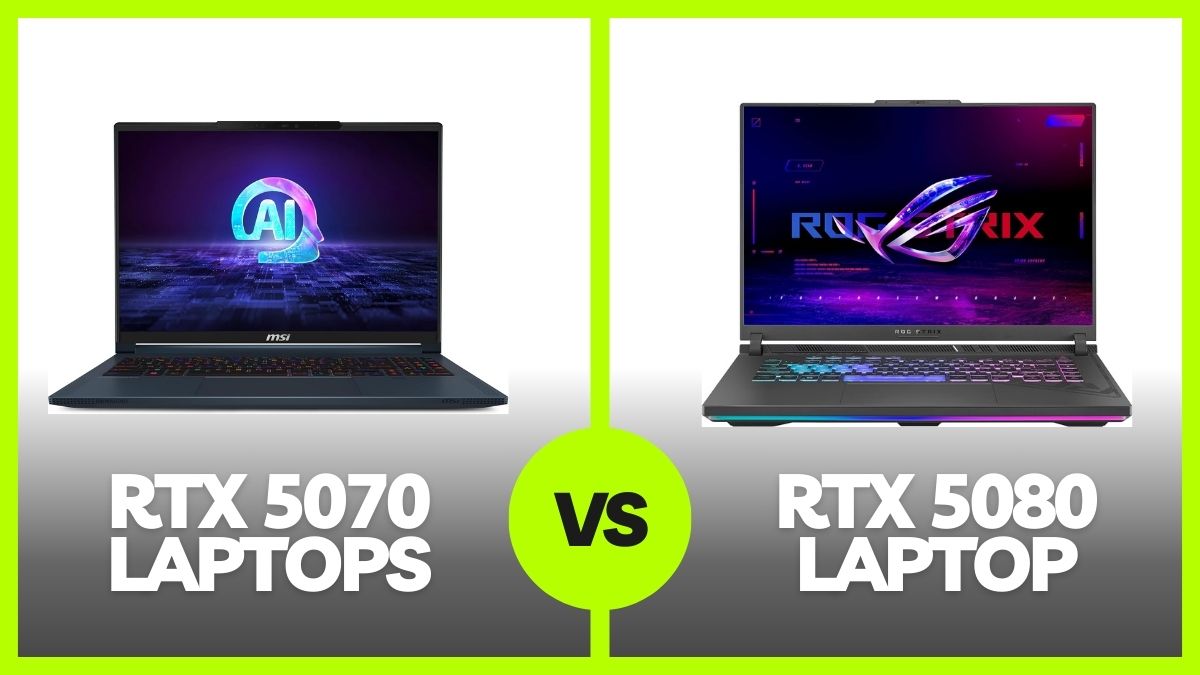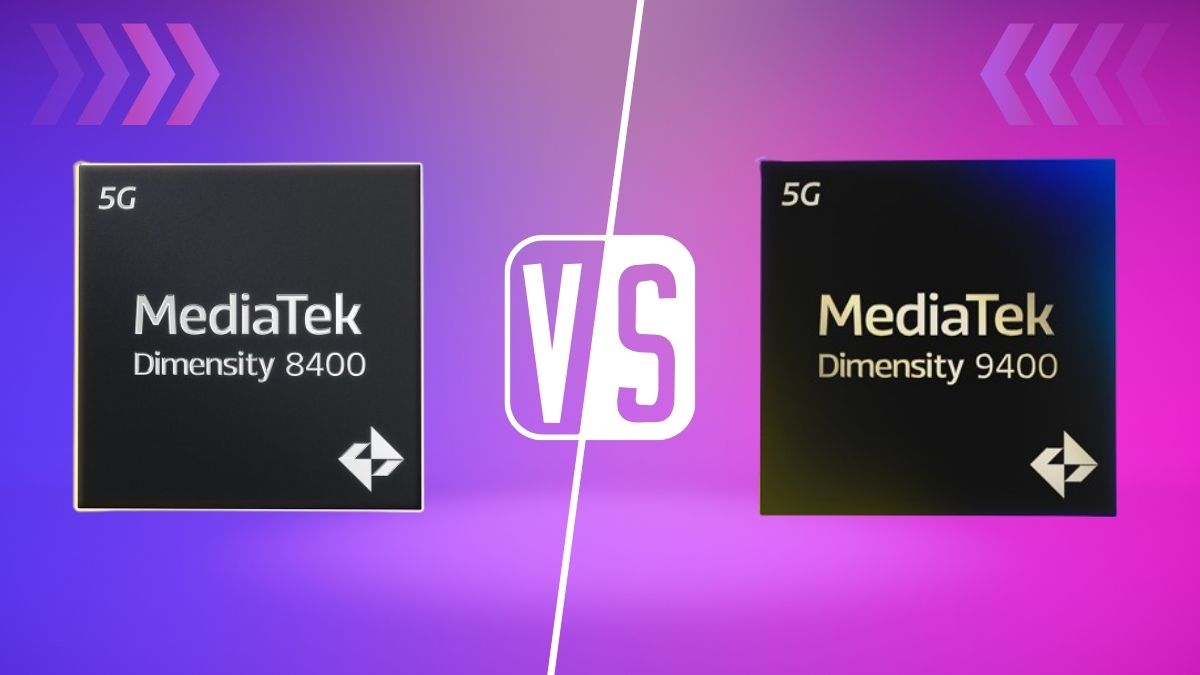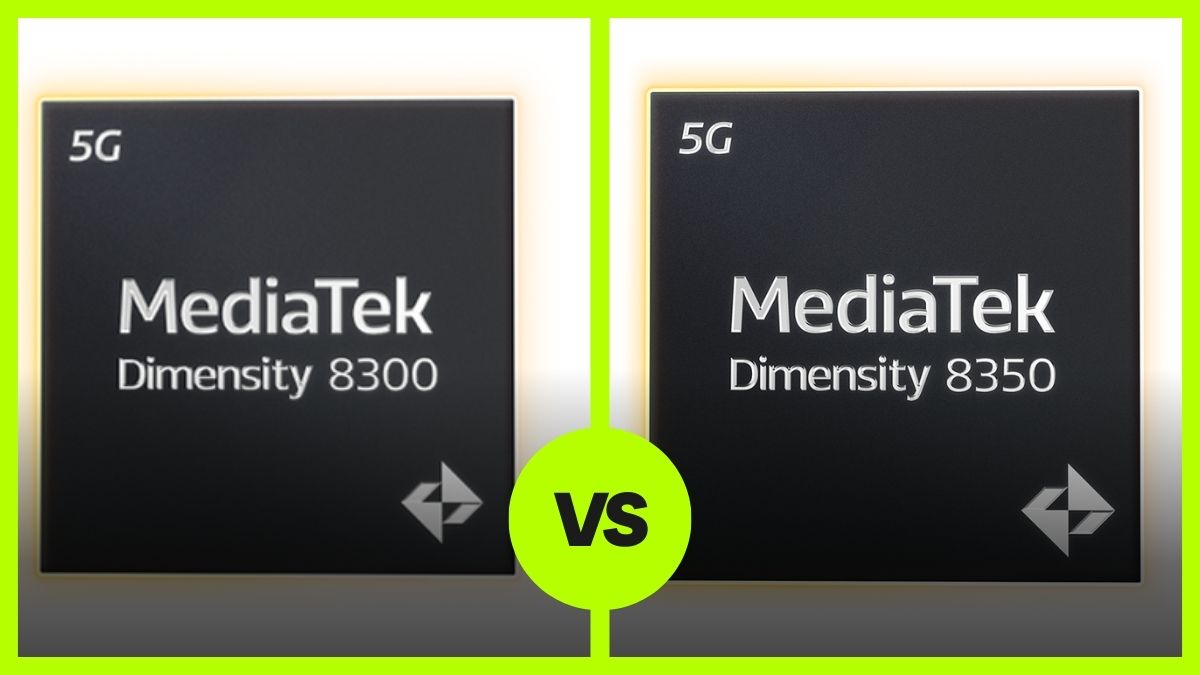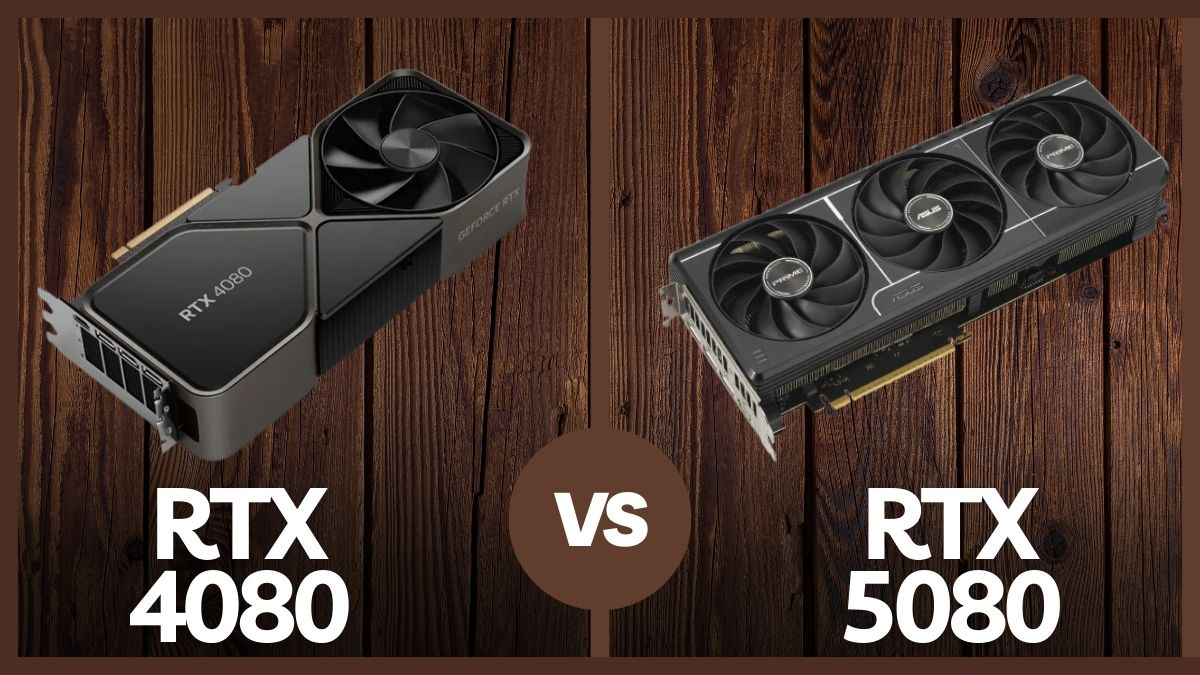
The launch of NVIDIA’s GeForce RTX 5080 marks another major milestone in GPU technology, bringing significant improvements over its predecessor, the RTX 4080. Since its release, the RTX 4080 has been a high-end option for gamers and content creators, offering impressive performance, ray tracing capabilities, and AI-powered enhancements. However, with the arrival of the RTX 5080 in early 2025, NVIDIA has introduced key architectural refinements, enhanced memory technology, and improved power efficiency to push graphical performance even further.
This article takes an in-depth look at the key differences between the RTX 5080 and RTX 4080, covering performance benchmarks, architectural improvements, power consumption, and overall value for gamers and professionals alike. Let’s dive into how the RTX 5080 compares to its predecessor and whether it’s the right upgrade for you.
Nvidia RTX 5080 vs RTX 4080 Comparison
Here are detailed specs of RTX 5080 and RTX 4080:
| Specification | RTX 4080 | RTX 5080 |
|---|---|---|
| CUDA Cores | 9,728 | 10,752 |
| Base Clock | 2.21 GHz | 2.30 GHz |
| Boost Clock | 2.51 GHz | 2.62 GHz |
| Memory | 16GB GDDR6X | 16GB GDDR7 |
| Memory Bandwidth | 716 GB/s | 960 GB/s |
| Memory Interface | 256-bit | 256-bit |
| Total Graphics Power (TGP) | 320W | 360W |
| Power Connector | 12V-2×6 | 12V-2×6 |
| Interface | PCIe Gen 4 | PCIe Gen 5 |
| Tensor Cores (AI) | 4th Gen 780 AI TOPS | 5th Gen 1801 AI TOPS |
| Architecture | Ada Lovelace | Blackwell |
| Ray Tracing Cores | 3rd Gen | 4th Gen |
| DLSS Support | DLSS 3 | DLSS 4 |
| MSRP | $1,199 | $999 |
Performance
The NVIDIA RTX 5080 brings significant performance improvements over the RTX 4080, making it a compelling upgrade for high-end gamers and content creators. Built on the Blackwell architecture, the RTX 5080 enhances raw processing power with 10,752 CUDA cores, up from 9,728 in the RTX 4080. This increase, coupled with a boost clock of 2.62 GHz compared to 2.51 GHz in the RTX 4080, results in better parallel computing performance and higher frame rates in demanding applications.
One of the most notable upgrades is the shift from GDDR6X to GDDR7 memory. With a bandwidth of 960 GB/s compared to the 716 GB/s on the RTX 4080, the new memory type allows for faster data transfer, which translates to improved gaming performance, reduced latency, and better handling of large textures. The memory interface remains at 256-bit, but the efficiency of GDDR7 ensures lower power consumption relative to the performance gains.
Benchmark Results (Average FPS at Ultra Settings)
Gaming benchmarks highlight the RTX 5080’s advantages, particularly at 4K resolution. In Cyberpunk 2077 with ray tracing and DLSS enabled, the RTX 5080 achieves 92 FPS on average, compared to the RTX 4080’s 78 FPS, reflecting an 18% performance gain. Red Dead Redemption 2 sees an increase from 86 FPS to 102 FPS, and Starfield jumps from 70 FPS to 85 FPS, showcasing the impact of improved memory bandwidth and architectural optimizations. On average, across modern AAA titles, the RTX 5080 delivers a 15-20% boost over the RTX 4080, making it a solid choice for gamers looking for a future-proofed GPU.
| Game | RTX 4080 (4K) | RTX 5080 (4K) | Performance Gain |
|---|---|---|---|
| Cyberpunk 2077 (RT Ultra + DLSS) | 78 FPS | 92 FPS | +18% |
| Red Dead Redemption 2 | 86 FPS | 102 FPS | +19% |
| Call of Duty: MW3 | 130 FPS | 150 FPS | +15% |
| Baldur’s Gate 3 | 98 FPS | 113 FPS | +15% |
| Starfield | 70 FPS | 85 FPS | +21% |
The improvements are most noticeable in ray-traced games, where the RTX 5080’s 4th-gen RT cores deliver better lighting effects, shadows, and reflections.
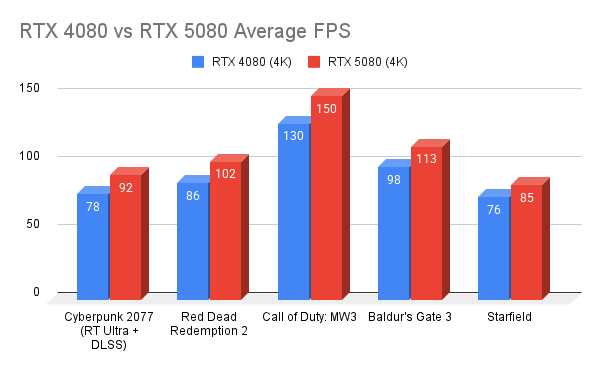
A major addition is DLSS 4, NVIDIA’s latest AI-powered upscaling and frame generation technology. Unlike DLSS 3, which relied on Optical Flow Accelerators and AI-generated frames, DLSS 4 introduces Multi-Frame Generation, allowing the GPU to interpolate more frames with reduced latency. This results in a smoother experience, particularly in high-motion games. Early benchmarks indicate that enabling DLSS 4 can nearly double the frame rate in games like Alan Wake 2 and Cyberpunk 2077, significantly improving playability on high-refresh-rate monitors.
Artificial Intelligence (AI)
The RTX 5080 brings significant advancements in artificial intelligence (AI) processing, making it one of NVIDIA’s most powerful GPUs for AI-driven applications. At the heart of these improvements is the introduction of 4th-generation Tensor Cores, which enhance AI performance for tasks such as deep learning, upscaling, and frame generation. Compared to the RTX 4080’s 3rd-generation Tensor Cores, the new architecture delivers higher throughput and better efficiency, allowing for more complex AI-driven computations at faster speeds.
One of the most impactful AI features in the RTX 5080 is DLSS 4 (Deep Learning Super Sampling). This latest iteration improves upon DLSS 3 by introducing Multi-Frame Generation, which leverages AI to predict and generate multiple frames in real-time. As a result, gamers experience smoother performance and higher frame rates, even in demanding titles with ray tracing enabled. Benchmarks suggest that DLSS 4 can nearly double frame rates in some games compared to traditional rendering, making 4K gaming more accessible without compromising visual quality.
Beyond gaming, the AI enhancements in the RTX 5080 extend to content creation and professional workloads. Applications like Adobe Premiere Pro, Blender, and DaVinci Resolve benefit from AI-driven acceleration, reducing rendering times and improving workflow efficiency. The AI-powered video upscaling and noise reduction features also enhance media production, making tasks like 8K video editing and real-time 3D rendering more seamless.
Power Efficiency and Pricing
Despite the performance improvements, the RTX 5080 comes with a slightly higher power draw, rated at 360W compared to the 4080’s 320W. This increase is necessary to support the improved clock speeds and additional cores but requires a well-ventilated case and a power supply capable of handling the extra wattage. NVIDIA has refined its cooling design with a new vapor chamber solution, ensuring that temperatures remain stable even under heavy loads.
The pricing of the RTX 5080 is another surprising factor, launching at $999, which is $200 lower than the RTX 4080’s original price of $1,199. This aggressive pricing strategy makes it a more attractive option for those considering a high-performance upgrade. While the improvements are substantial, users already equipped with an RTX 4080 may not find the generational leap enough to warrant an immediate switch. However, for those coming from older GPUs like the RTX 3080 or 3090 series, the RTX 5080 represents a significant step up in performance, efficiency, and AI-driven enhancements.
Conclusion
The RTX 5080 brings substantial improvements over the RTX 4080, making it a compelling choice for gamers and professionals. With 10,752 CUDA cores, higher clock speeds, and GDDR7 memory, it offers faster performance, improved efficiency, and better AI-driven features. The memory bandwidth jumps to 960 GB/s from 716 GB/s, significantly enhancing 4K gaming, ray tracing, and AI workloads.
A major highlight is DLSS 4, introducing Multi-Frame Generation for smoother gameplay and higher frame rates. This AI-powered enhancement makes demanding titles more playable at higher resolutions, providing a 15-20% performance boost over the RTX 4080. Benchmarks show noticeable improvements in Cyberpunk 2077, Red Dead Redemption 2, and Starfield, especially at ultra settings with ray tracing enabled.
While power consumption increases to 360W, NVIDIA has optimized cooling efficiency, ensuring stable performance under load. The 4th-gen Tensor Cores also bring benefits beyond gaming, accelerating content creation, AI processing, and 3D rendering. Video editors, machine learning researchers, and creative professionals will see reduced processing times and better workflow efficiency.
Perhaps the most surprising aspect is the lower $999 price tag, making the RTX 5080 $200 cheaper than the RTX 4080 at launch. This aggressive pricing enhances its appeal, especially for users upgrading from RTX 3000-series GPUs.
For RTX 4080 owners, the generational leap may not justify an upgrade, but for those on older hardware, the RTX 5080 offers future-proofed performance, cutting-edge AI enhancements, and a significant jump in speed and efficiency. With its powerful new architecture and competitive pricing, it sets a new standard for high-performance GPUs in 2025.



